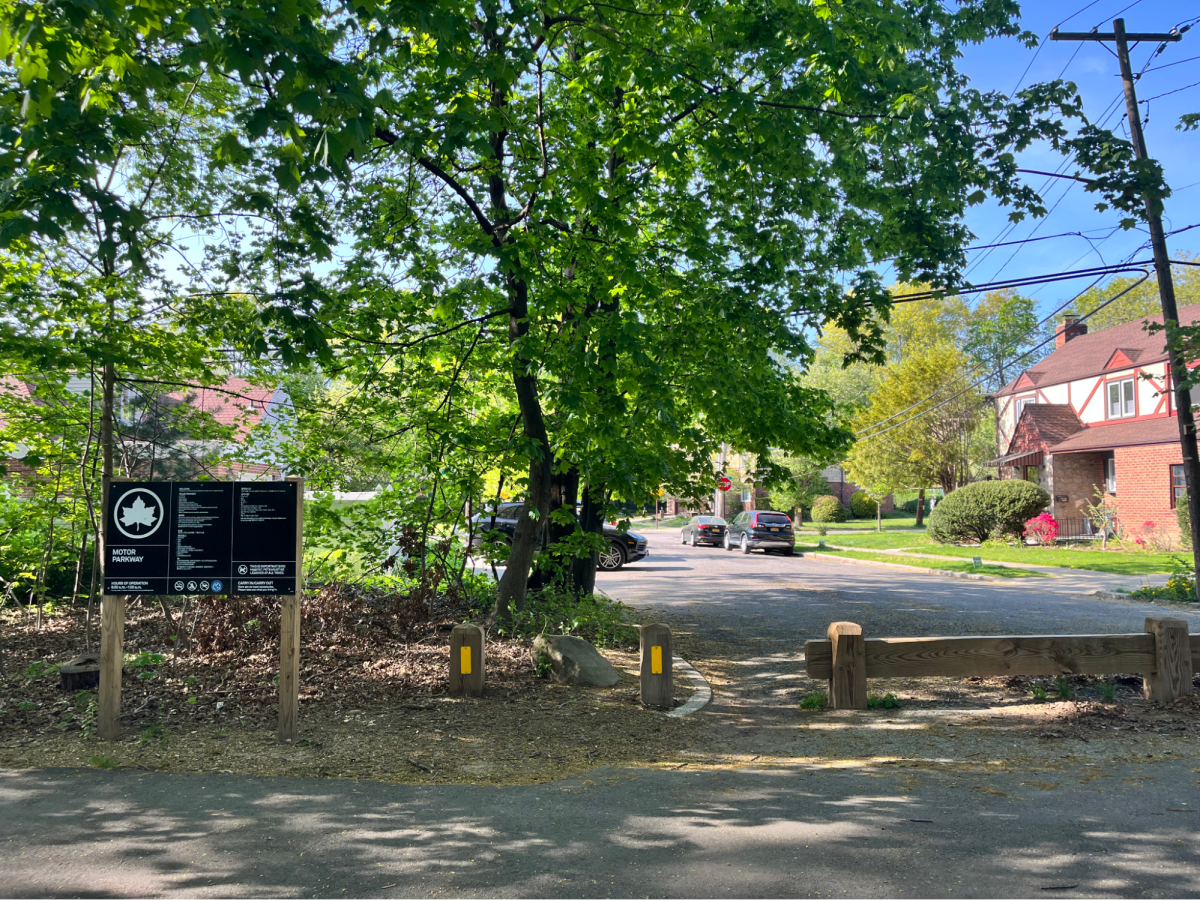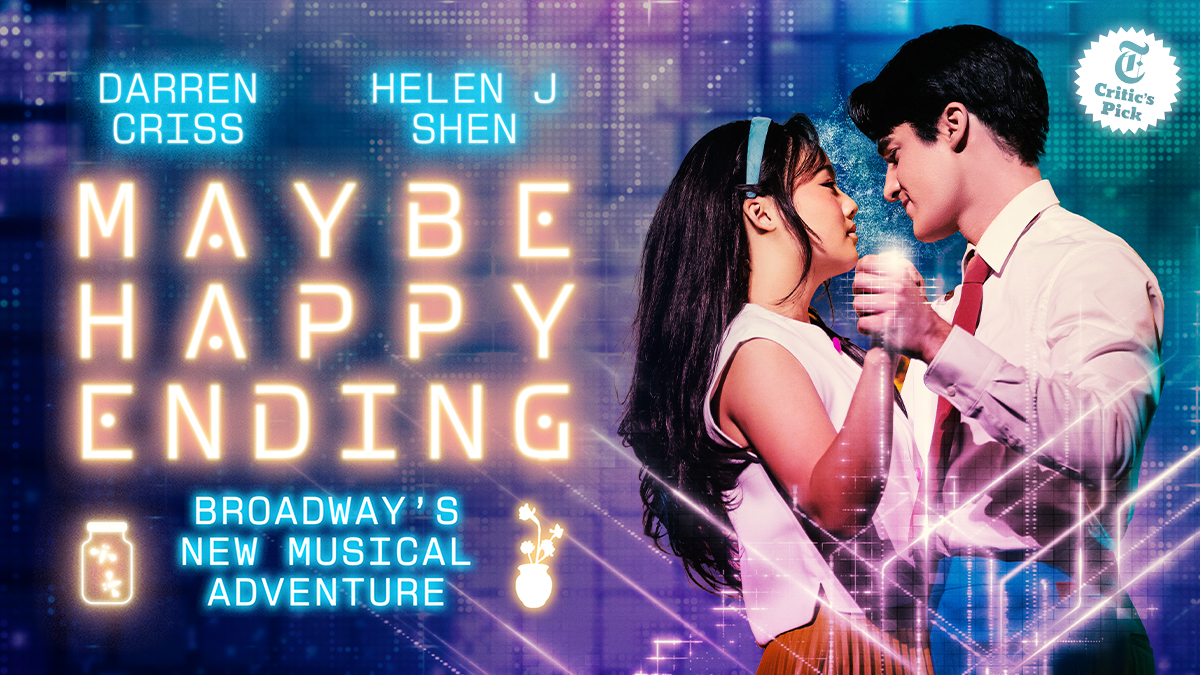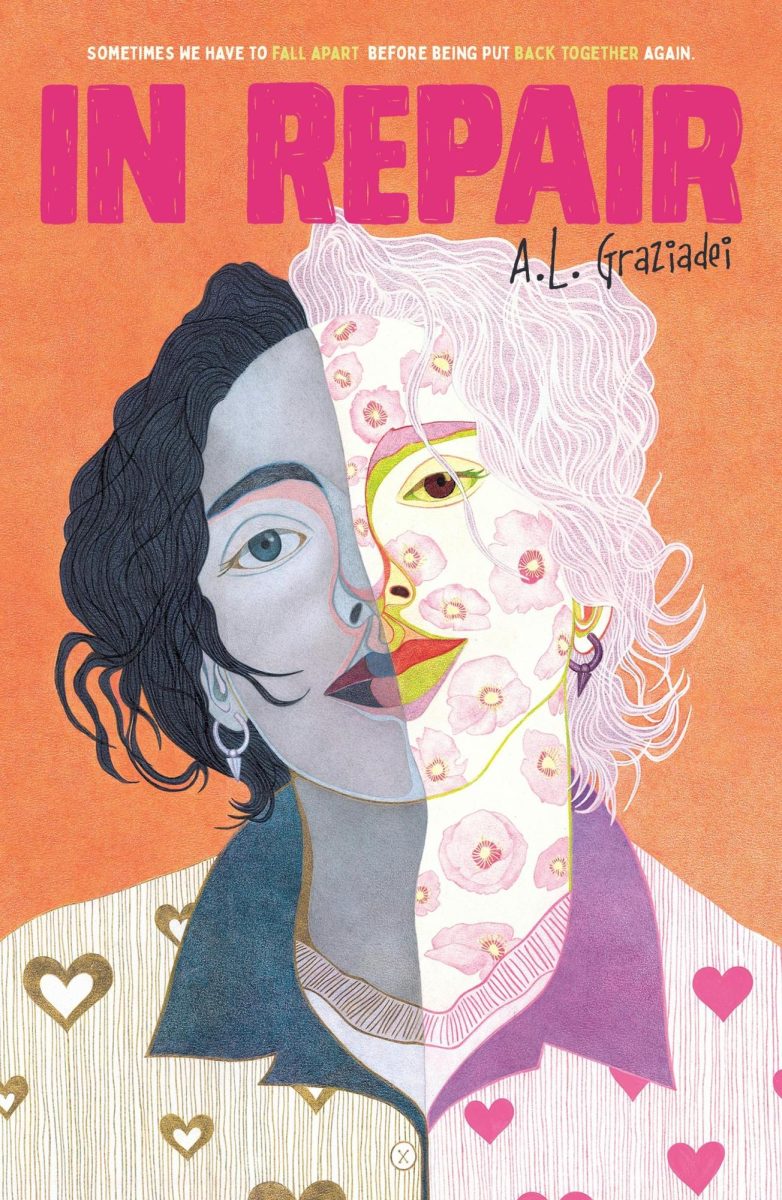By Brooke Ferber
A return to tradition is a frequent theme in art. In essence, we discover that art is timeless. Although times change, artistic themes are applicable to every generation. For example, the play Romeo and Juliet, written in the sixteenth century, is still read by students at South because it is a classic piece of literature. Art is no different in its capability to survive throughout time.
Painting, calligraphy, photographs, woodblock prints, videos and sculptures created by contemporary Chinese artists have journeyed to the Metropolitan Museum of Art for the exhibit Ink Art: Past as Present in Contemporary China, running until April 6. Encompassing 70 works by 35 artists, the exhibit’s artwork is categorized into four distinct themes: The Written Word, New Landscapes, Abstraction, and Beyond the Brush. Each room of the exhibit reflects one of the four themes. The common link between all of the media is the traditional use of ink.
The tradition and use of ink is one that dates back to dynastic China. The exhibition, located near the Chinese permanent galleries, has an entrance in close proximity to dynastic-Chinese artwork. When walking into the exhibit, at first glance there appears to be no difference between the ancient and the modern artwork. The modern work materializes as a continuum of the ancient work, as if the modern movement was a mirror to the ancient artistic movement.
This artistic movement in China is quite similar to that of Europe during the eighteenth to twentieth century, in particular the sculptures featured at the MET’s Caroll and Milton Petrie European Sculpture Court. Every piece in this gallery, made from a variety of stone and metal, portrays an element of mythology. This gallery is quite distant in geography from the Roman to the Greek; however, the similarities between the two artistic styles are substantial. These mythological themed sculptures function as mirrors to the ancient Roman art.
By this process of reflecting the past, Modern Chinese Art and eighteenth through twentieth century European sculpture fulfill a similar theme in returning to tradition.
Categories:
Chinese and European Artistic Movements Like Mirrors at Met
March 12, 2014
0
Tags:







